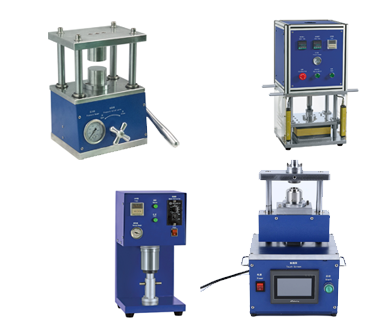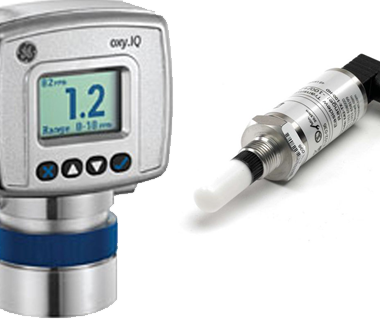No products in the cart.
Glove box parts— Front window glass
Glove boxes are often made of special materials rather than traditional glass. This is because traditional glass is prone to breakage and is not transparent enough to provide good visibility. Instead, glove boxes are usually made of the following types of materials:
Acrylic (PMMA): acrylic is a transparent plastic material with good chemical and impact resistance. It provides good visibility and is relatively lightweight.
Fluoropolymers (e.g., polytetrafluoroethylene, PTFE): Fluoropolymers are a class of very corrosion-resistant materials that are also highly heat-resistant. It is used as a glove box material in special environments, such as handling strong acids or bases.
Stainless steel: Stainless steel is a strong and durable metal material that can be used for glove box housings or structural components. It has good corrosion resistance and sealing properties.
These materials are selected for use in gloveboxes to ensure proper sealing and chemical resistance, while providing good visibility to observe the internal operations of the glovebox. Please note that different types of materials may be used for different applications and special requirements. Therefore, when selecting a glove box, it is best to be aware of the specific material specifications and suitability.
The front window glass of Etelux gloveboxes is typically made of acrylic (PMMA). Acrylic is a transparent plastic material with high chemical and impact resistance. It is widely used in many laboratory and industrial applications because it provides good visibility and is relatively lightweight. Acrylic also has excellent weathering and UV resistance and is not prone to yellowing or brittleness.
Acrylic (PMMA) has the following advantages and disadvantages as a plastic material to replace glass:
Advantages:
High transparency, similar to ordinary glass;
Good impact resistance, more impact resistant than glass in the same thickness, not easy to break;
Good UV protection, more difficult to fade and turn yellow than glass;
Strong processability, can be manufactured into different shapes by injection molding, extrusion or molding and other ways;
Relative to glass, acrylic material is lightweight and easy to handle and install.
Disadvantages:
Acrylic material is less resistant to certain solvents, oils and other chemicals, prone to chemical reactions and reduced size;
The hardness of acrylic material is low, easy to cause surface scratches;
High temperature sensitivity, more sensitive to temperature changes;
Different manufacturers, production quality, formulations and processes, resulting in large differences in quality;
The price is slightly higher compared to glass.




